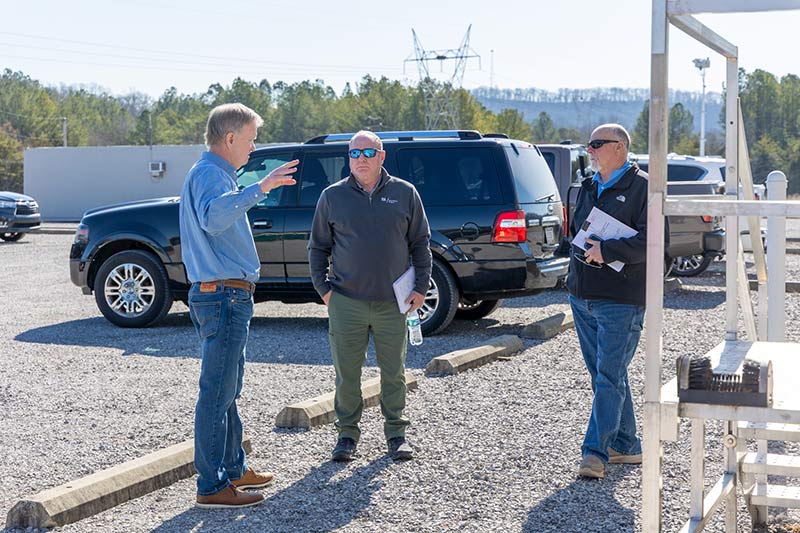U.S., Philippines ink civil nuclear pact

The United States and the Philippines last week signed a civil nuclear cooperation agreement—known in policy wonk jargon as a 123 Agreement.


The United States and the Philippines last week signed a civil nuclear cooperation agreement—known in policy wonk jargon as a 123 Agreement.
ANS, nuclear experts study Trump’s executive orders to overhaul industry
In the weeks since President Donald Trump issued four nuclear energy–-focused executive orders (EOs), stakeholders across the nuclear industry weighed in on the plans and details. The...
Former NRC commissioners lend support to efforts to eliminate mandatory hearings
A group of nine former commissioners of the Nuclear Regulatory Commission sent a letter Wednesday to the chairs and ranking members of the Senate Environment and Public Works Committee and the...
Oklo signs MOU to partner with Korea Hydro & Nuclear Power
Oklo announced last week that it hopes to expand development and global deployment of its advanced nuclear technology through a new partnership with Korea Hydro & Nuclear Power.The...
TVA files for construction permit for Clinch River SMR
NRC hosting public meetings today on TVA project
The U.S. Nuclear Regulatory Commission this week shared a portion of the construction permit application from the Tennessee Valley Authority to build a small modular reactor at the Clinch...
Ariz. governor vetoes “fast track” bill for nuclear
Gov. Katie Hobbs put the brakes on legislation that would have eliminated some of Arizona’s regulations and oversight of small modular reactors, technology that is largely under...
Sam Altman steps down as Oklo board chair
Advanced nuclear company Oklo Inc. has new leadership for its board of directors as billionaire Sam Altman is stepping down from the position he has held since 2015. The move is meant to open...
UIUC microreactor fuel qualification methodology gets safety approval
The University of Illinois at Urbana-Champaign Nuclear Plasma and Radiation Engineering (NPRE) Department announced yesterday that the Nuclear Regulatory Commission has approved a fuel...
TVA to file for Clinch River SMR construction permit by June
In a Q&A posted on TVA’s website last week about a “new nuclear heyday,” Bob Deacy shared his vision for the Clinch River nuclear site in Oak Ridge, Tenn.—and some news about next...

New GE Hitachi “blocks” could cut costs in nuclear deployment
Researchers at GE Hitachi Nuclear recently completed a successful test on potential new building blocks made of steel-concrete composite....

U.S. advances microreactor program for military sites
The Defense Innovation Unit announced April 10 next steps in the Advanced Nuclear Power for Installations (ANPI) program, launched in 2024 to deploy microreactor nuclear systems for increased...